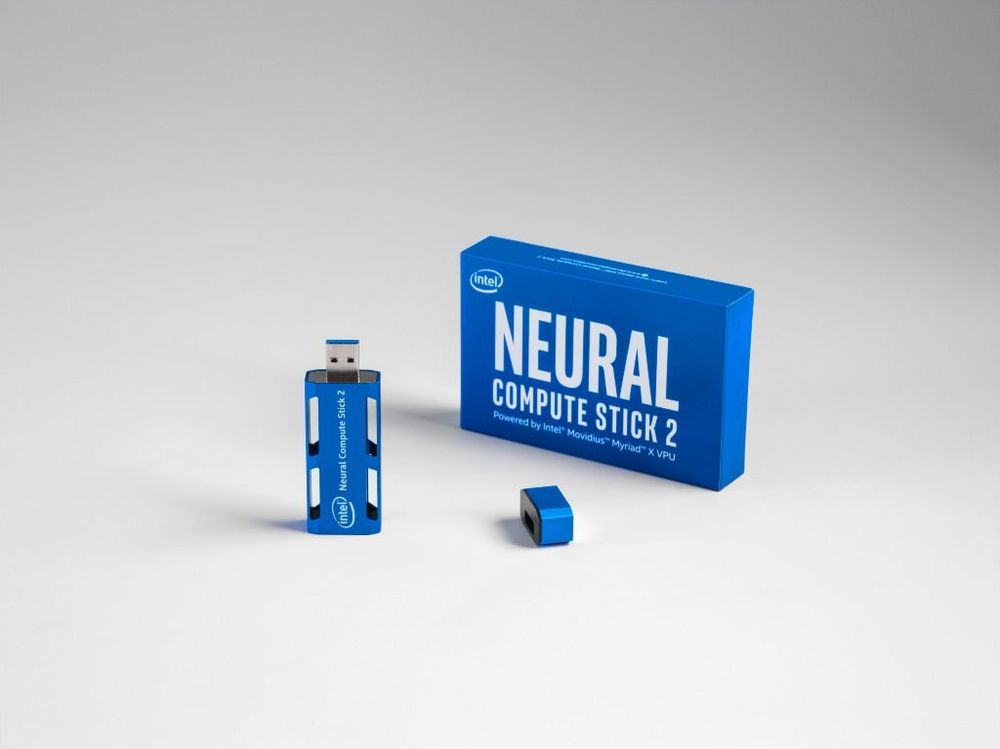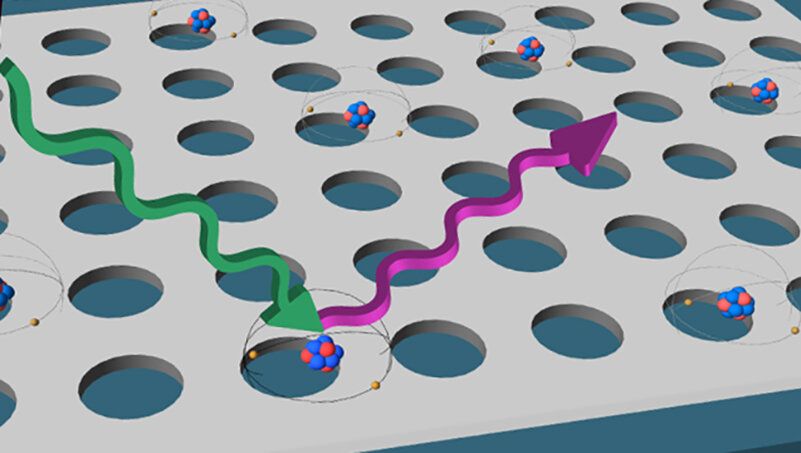At an event in Beijing, Intel debuted the Neural Compute Stick 2, which packs a Myriad X system-on-chip it claims has an 8 times performance advantage.




Researchers hoping to better interpret data from the detection of gravitational waves generated by the collision of binary black holes are turning to the public for help.
West Virginia University assistant professor Zachariah Etienne is leading what will soon become a global volunteer computing effort. The public will be invited to lend their own computers to help the scientific community unlock the secrets contained in gravitational waves observed when black holes smash together.
LIGO’s first detection of gravitational waves from colliding black holes in 2015 opened a new window on the universe, enabling scientists to observe cosmic events spanning billions of years and to better understand the makeup of the Universe. For many scientists, the discovery also fueled expansion of efforts to more thoroughly test the theories that help explain how the universe works—with a particular focus on inferring as much information as possible about the black holes prior to their collision.


The U.S. Army’s next assault rifle and machine gun will have built-in computers to give soldiers unparalleled firing accuracy. The so-called Next Generation Squad Weapons will feature a digital fire control system borrowing many features from today’s main battle tanks, allowing shooters to engage targets faster and with greater precision than their opponents can muster.
Next generation infantry weapons will incorporate computer technology previously only available on tanks.

Ultra-secure online communications, completely indecipherable if intercepted, is one step closer with the help of a recently published discovery by University of Oregon physicist Ben Alemán.
Alemán, a member of the UO’s Center for Optical, Molecular, and Quantum Science, has made artificial atoms that work in ambient conditions. The research, published in the journal Nano Letters, could be a big step in efforts to develop secure quantum communication networks and all-optical quantum computing.
“The big breakthrough is that we’ve discovered a simple, scalable way to nanofabricate artificial atoms onto a microchip, and that the artificial atoms work in air and at room temperature,” said Alemán, also a member of the UO’s Materials Science Institute.

Scientists say they’ve developed a new “quantum material” that could one day transfer information directly from human brains to a computer.
The research is in early stages, but it invokes ideas like uploading brains to the cloud or hooking people up to a computer to track deep health metrics — concepts that until now existed solely in science fiction.

Tohoku University researchers have developed an algorithm that enhances the ability of a Canadian-designed quantum computer to more efficiently find the best solution for complicated problems, according to a study published in the journal Scientific Reports.
Quantum computing takes advantage of the ability of subatomic particles to exist in more than one state at the same time. It is expected to take modern-day computing to the next level by enabling the processing of more information in less time.
The D-Wave quantum annealer, developed by a Canadian company that claims it sells the world’s first commercially available quantum computers, employs the concepts of quantum physics to solve ‘combinatorial optimization problems.’ A typical example of this sort of problem asks the question: “Given a list of cities and the distances between each pair of cities, what is the shortest possible route that visits each city and returns to the original city?” Businesses and industries face a large range of similarly complex problems in which they want to find the optimal solution among many possible ones using the least amount of resources.

Circa 2017
The Matrix, the first episode, was a fun movie. But as a description for reality? Please.
Yet some of our most prominent scientific and tech thinkers seriously propose we are living in a computer program. From the BBC story:
The idea that we live in a simulation has some high-profile advocates.
In June 2016, technology entrepreneur Elon Musk assertedthat the odds are “a billion to one” against us living in “base reality”.